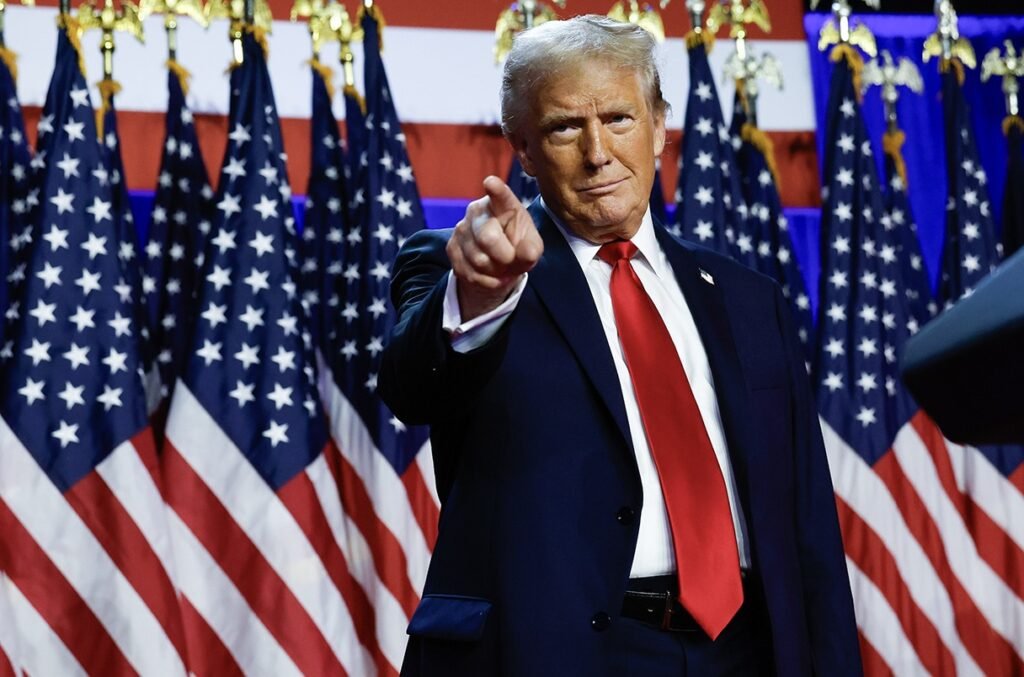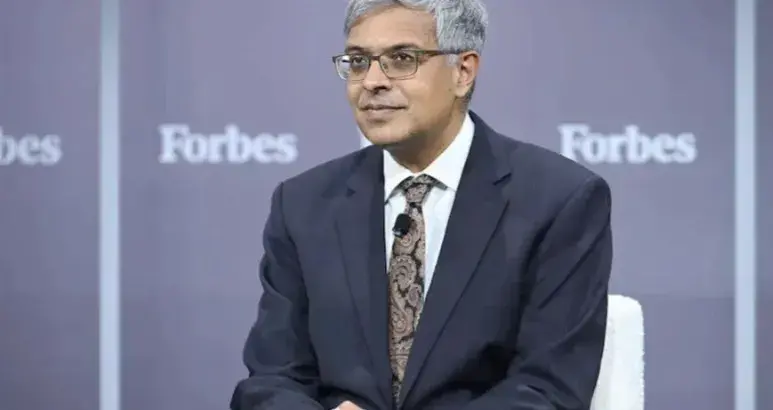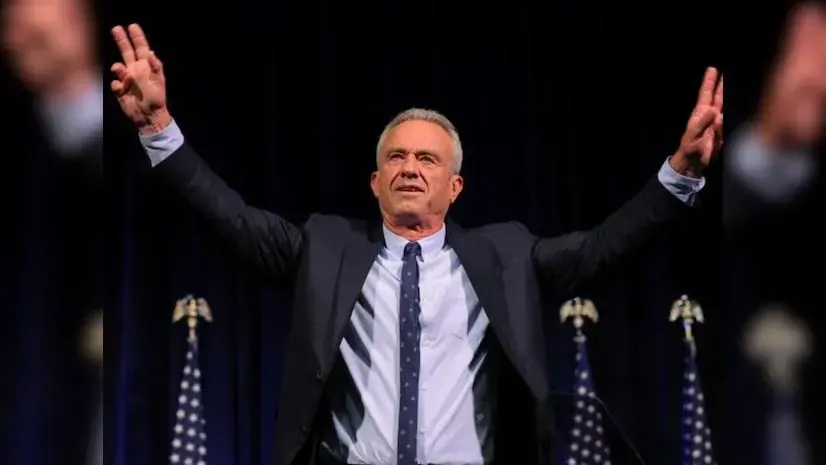WHO Prepares for Life After U.S. Exit Amid Deep Budget Cuts and Donor Shift
As the World Health Organization (WHO) prepares for its annual assembly in Geneva starting May 19, a significant shift looms over the global health body: how to navigate a future without its top financial backer, the United States. The week-long gathering, typically a forum for setting health priorities and policy, approving vaccines, and coordinating international disease responses, is this year overshadowed by the U.S. decision to leave the organization. In January, President Donald Trump issued an executive order initiating the year-long withdrawal process on his first day back in office. With the U.S. accounting for roughly 18% of the WHO’s funding, officials are now grappling with how to stretch limited resources. “Our goal is to focus on the high-value stuff,” said Daniel Thornton, WHO’s director of coordinated resource mobilisation. While specifics remain under discussion, internal planning documents seen by Reuters suggest the agency will prioritize its emergency response and medicine approval efforts, while scaling back on training programs and potentially closing offices in high-income countries. Key health guidance on vaccines and diseases such as HIV and obesity is expected to continue. A Western diplomat, speaking anonymously, acknowledged the challenge ahead: “We’ve got to make do with what we have.” WHO staff have already begun budget and personnel cuts in anticipation of the funding shortfall. Though the U.S. remains a member until January 21, 2026, under the legally mandated transition period, signs of a policy reversal are slim. President Trump initially left the door open to rejoining if the organization “clean it up,” but health envoys say no concrete steps have followed. In the meantime, WHO faces an immediate budget gap of $600 million this year, with deeper cuts—up to 21%—expected over the next two years. As the U.S. steps back, China is poised to become the largest contributor of assessed contributions—one of WHO’s key funding streams. China’s share will rise from over 15% to 20% following a 2022 funding restructure. “We have to adapt ourselves to multilateral organisations without the Americans. Life goes on,” said Chen Xu, China’s ambassador to Geneva. The evolving donor landscape has prompted calls for deeper reform. Anil Soni, CEO of the WHO Foundation, questioned whether the organization still needs its vast array of committees or to publish thousands of documents each year. He added that the transition was forcing a reassessment of operations, including whether WHO should handle routine logistics like fuel purchases during crises. Soni emphasized the urgency of sustaining vital programs amid the funding squeeze, noting that the agency is increasingly turning to philanthropies and the private sector for targeted support. The ELMA Foundation, for instance, recently contributed $2 million to support the Global Measles and Rubella Laboratory Network, which includes over 700 labs monitoring infectious disease threats. Alongside pandemic preparedness agreements and an investment round to court new donors, funding will remain the central concern at the Geneva meeting. A WHO manager’s recent request for staff to volunteer as ushers—without extra pay—reflects the broader austerity mindset taking hold. Source: Reuters Photo Credit: Reuters
WHO Prepares for Life After U.S. Exit Amid Deep Budget Cuts and Donor Shift Read More »







